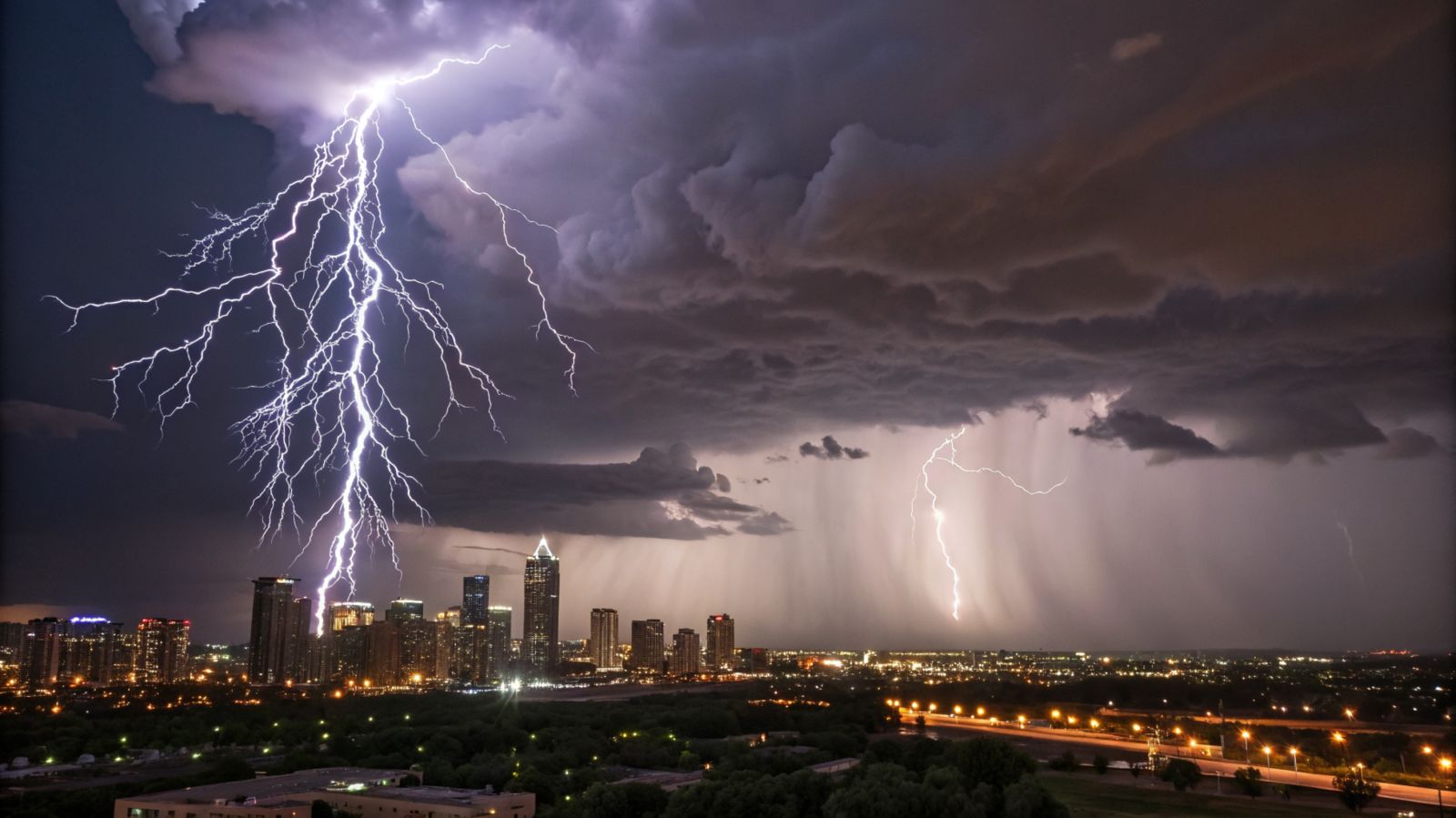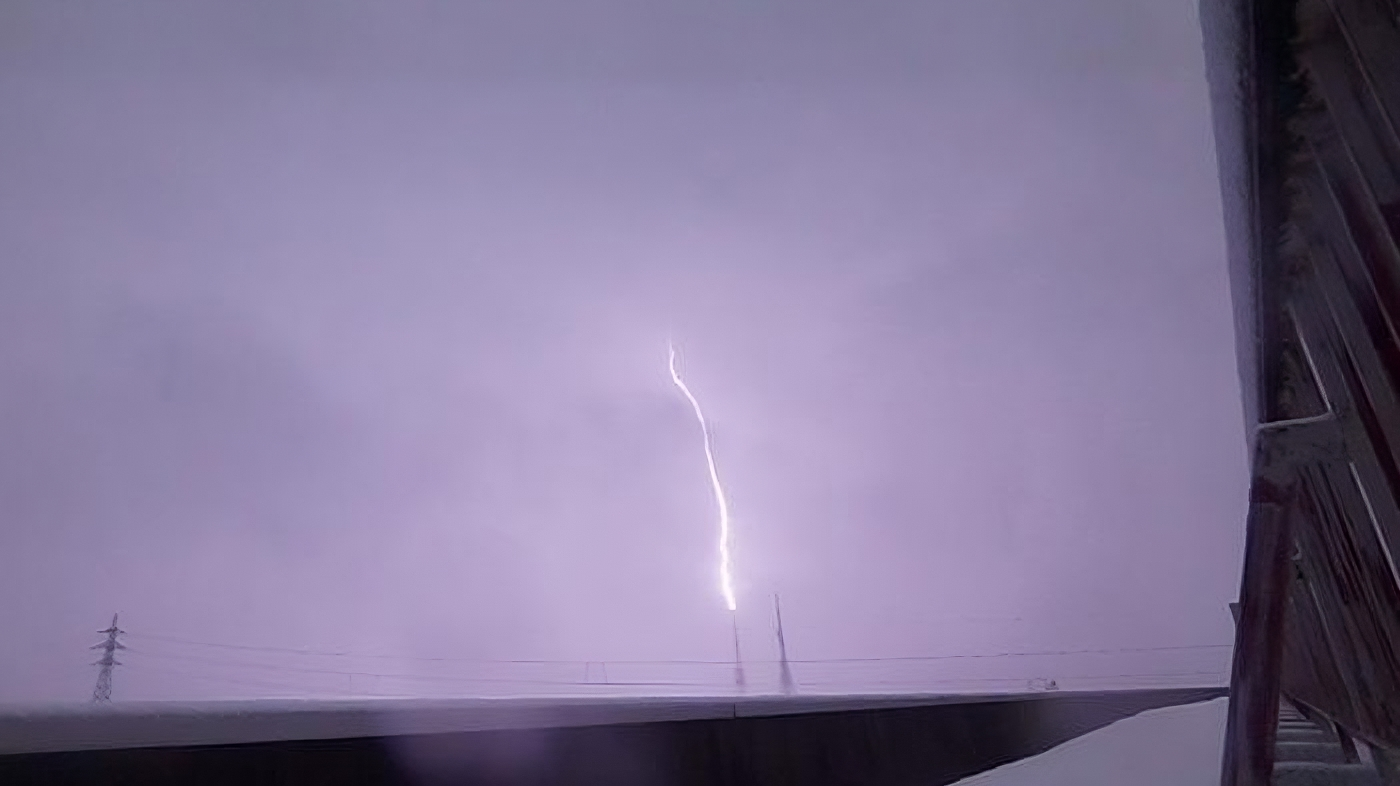How do thunderstorms produce gamma rays? 💥
Follow us on Google News (click on ☆)

The researchers installed a network of sensors around transmission towers in Kanazawa. This multisensor approach allowed them to capture a TGF synchronized with a lightning strike. The observation reveals an intense electric field accelerating electrons to speeds approaching that of light.
The precise moment when the two discharges meet creates unique conditions. The TGF was recorded 31 microseconds before the merging of the discharge paths. This discovery provides key elements for understanding how thunderstorms generate these extreme radiations.
Previous space missions, such as those by NASA and ESA, had already studied TGFs. However, ground-based observations offer unparalleled temporal resolution. The collected data shows the physical processes at work in these atmospheric phenomena.

An ascending positive leader producing a descending terrestrial gamma-ray flash, emanating from a television broadcast tower.
Credit: Yuuki Wada
Japanese winter thunderstorms, with their particular characteristics, constitute a privileged study area. Scientists hope to discover new clues about the relationship between lightning and TGFs there. This research could also improve our understanding of electrical phenomena in the atmosphere.
In detail: how do thunderstorms generate gamma rays?
Thunderstorms create unique conditions where charged particles can reach extreme energies. Violent movements of air and water droplets inside thunderclouds cause collisions between ice crystals. These interactions release electrons which, accelerated by intense electric fields, produce gamma radiation when they interact with air molecules.
The exact process leading to the formation of TGFs remains an active research topic. Scientists believe that particular electrical discharges, such as ascending leaders, play a key role. These phenomena create conditions favorable for the acceleration of charged particles.
Recent observations suggest that the convergence of multiple discharges can amplify the effect. When two discharge paths meet, the local electric field can become intense enough to produce detectable gamma radiation. This hypothesis is supported by the precise temporal data collected by Japanese researchers.
The study, published in Science Advances, marks an important step in the exploration of TGFs.